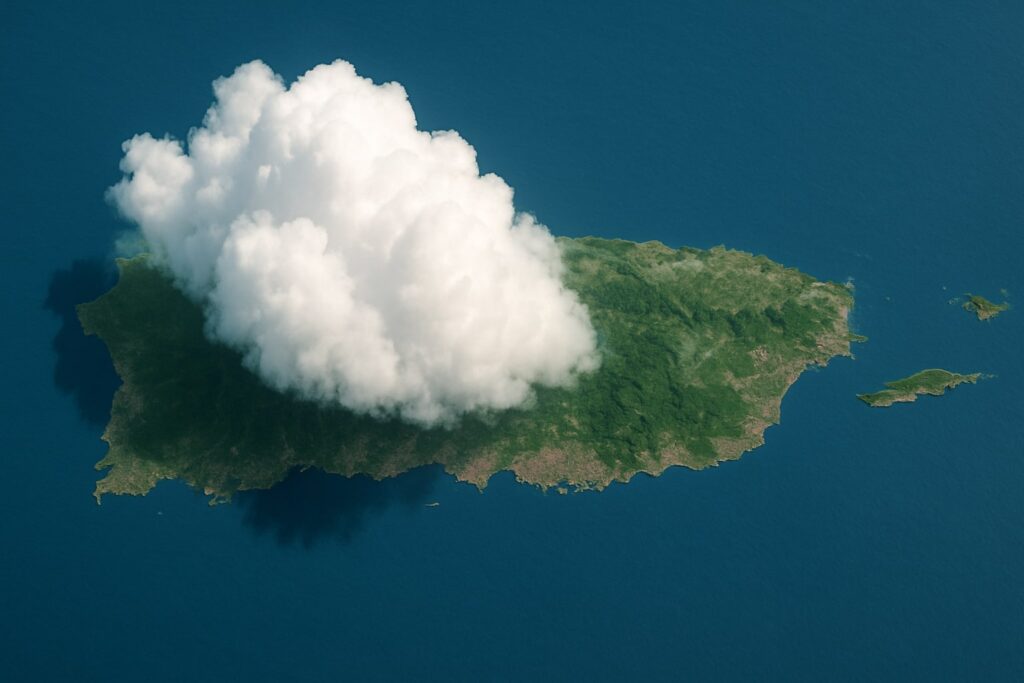
American researchers were secretly preparing to carry out a controversial climate experiment aimed at reducing the amount of sunlight reaching Earth by creating artificial clouds, Politico reports.
The plan involved generating a cloud covering an area of approximately 10,100 square kilometres (3,900 square miles) using liquid salt particles. Scientists believed that such a formation would be visible from space. Proposed test locations included the western coast of North America, Chile or parts of south-central Africa.
A smaller-scale version of the experiment had previously been attempted in Alameda, California, but it was halted by local authorities. The researchers, led by the University of Washington, had failed to notify either local officials or the public before conducting the test.
The university has since declined to comment on the current status of the project. Its research partners, including the SilverLining group and SRI International, have also remained silent.
Political Fallout and Conspiracy Concerns
The idea of humans intentionally altering weather and climate patterns has drawn strong political and public reaction. According to Politico, even small-scale trials have sparked conspiracy theories and fears of uncontrolled climate tampering.
Professor Sara Doherty, an atmospheric and climate science expert at the University of Washington and the project’s lead, previously stated that the goal was not to alter the weather or climate, but merely to study the technology involved.
Debate over Solar Geoengineering
Supporters of artificial climate modification believe such techniques may offer a way to combat global warming. However, critics warn that solar geoengineering could have unintended consequences for global weather systems.
More than 570 scientists have publicly opposed geoengineering methods, arguing that their global impact cannot be effectively regulated or contained.
Kursiv also reports that cities across Central Asia are experiencing rising temperatures, with forecasts suggesting the number of hot days could triple by mid-century.

